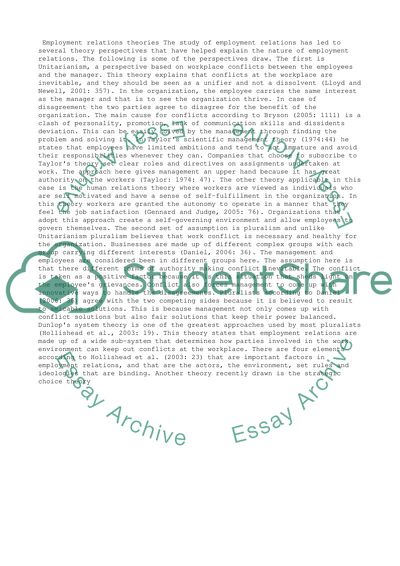Cite this document
(“Employment Relations Assignment Example | Topics and Well Written Essays - 2750 words”, n.d.)
Retrieved from https://studentshare.org/business/1474794-employment-relations
Retrieved from https://studentshare.org/business/1474794-employment-relations
(Employment Relations Assignment Example | Topics and Well Written Essays - 2750 Words)
https://studentshare.org/business/1474794-employment-relations.
https://studentshare.org/business/1474794-employment-relations.
“Employment Relations Assignment Example | Topics and Well Written Essays - 2750 Words”, n.d. https://studentshare.org/business/1474794-employment-relations.


